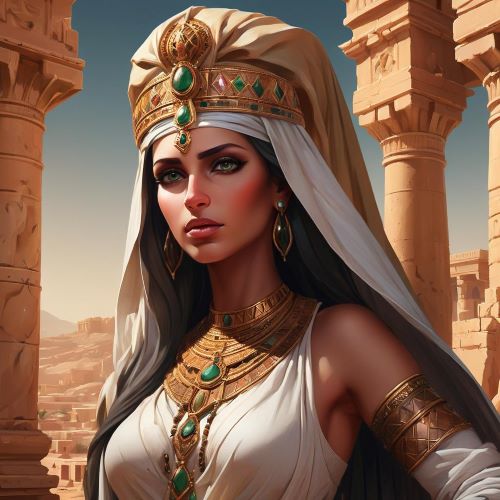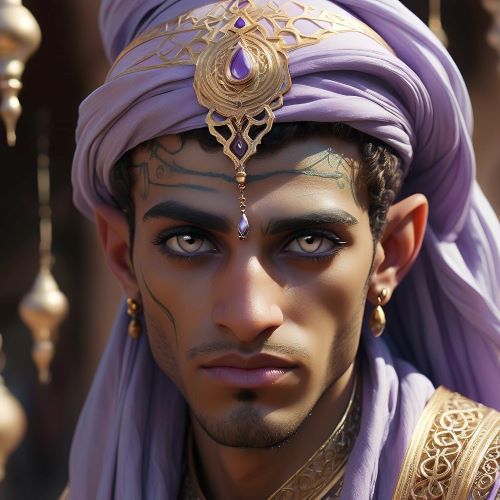Moroccan & Libyan Mythology
Moroccan and Libyan mythology form a fascinating chapter of North African spiritual history, shaped by ancient Berber beliefs, desert mysticism, and centuries of cultural exchange across the Mediterranean. These traditions predate classical civilizations, carrying echoes of Africa’s earliest gods, ancestral spirits, and natural forces. Rooted in the landscapes of the Sahara, the Atlas Mountains, and the Mediterranean coast, Moroccan and Libyan mythology blends the sacred with the earthly. It reflects a worldview in which every oasis, wind, and dune carries spiritual significance — where humans coexist with invisible beings who protect, test, and guide them through life’s harsh yet beautiful terrain.
Moroccan mythology draws heavily from indigenous Amazigh (Berber) beliefs that existed long before Arab and Islamic influences. Central to these myths are spirits and supernatural beings known as djinn and zuhri, who dwell in springs, caves, and ancient ruins. The Berber pantheon once included deities linked to nature and fertility, such as Anzar, the rain god, and Tislit, the sky maiden whose tears bring life to the earth. Their tragic love story, symbolizing drought and rainfall, remains one of Morocco’s most enduring myths. Folklore also tells of protective spirits inhabiting sacred trees, mountains, and stones — places where offerings are still quietly made. Over time, Islamic mysticism and Sufi practices interwove with these ancient traditions, creating a unique spiritual blend where old gods became saints, and myths of spirits became moral allegories. Even today, Moroccan mythology survives in folk tales, rituals, and the cultural memory of rural communities who still speak of hidden worlds beneath the sands.
Libyan mythology, meanwhile, traces its roots to the ancient Berber and Garamantian civilizations that once flourished in the desert heartland. These early Libyans worshiped deities of the sun, moon, and sky, whose influence extended into Egyptian and Greco-Roman pantheons. The Libyan goddess Neith, for example, was later adopted into Egyptian mythology as a creator and warrior goddess, while the serpent deity Amon of Siwa was revered as a powerful oracle in both Libyan and Egyptian contexts. The Siwa Oasis itself was seen as a sacred place where the divine and mortal realms converged. In later centuries, Libyan mythology absorbed Greek influences through contact with Cyrenaica, producing hybrid legends where desert spirits mingled with Olympian gods. Like Morocco, Libya’s mythic traditions endured through oral storytelling — tales of shape-shifters, desert guardians, and ancient kings who ruled in harmony with unseen powers.
Together, Moroccan and Libyan mythology reveal the spiritual heart of North Africa — a place where earth and sky meet in perpetual dialogue. These traditions celebrate resilience, reverence for nature, and the enduring human quest for balance between the material and the divine. Though time and conquest transformed their beliefs, the echoes of Morocco’s mountain spirits and Libya’s desert gods still linger in the wind, the water, and the stars above the Sahara. They remind us that mythology is not just a relic of the past but a living reflection of how people find meaning in even the harshest landscapes of the world.




